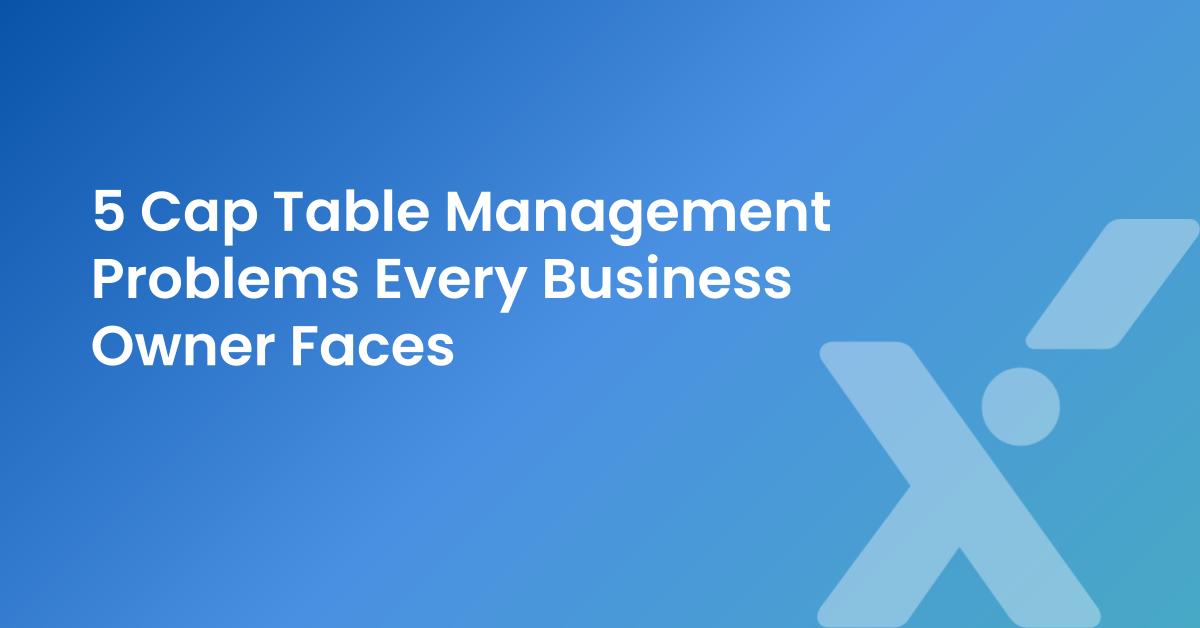Every company founder should have a detailed understanding of everything they own in the company and who owns the other parts of the business at each stage. This is true whether you are starting a new business or raising capital for an existing one. You should concentrate on cap table management and understand how to manage the company’s equity ownership.
Cap Table Management Explained
Cap table management refers to the process of determining company valuations, ownership stakes, equity dilution, and other similar factors. In its most basic form, it is simply a ledger that keeps track of who owns what portion of your company.
Top Table Management Issues Every Business Owner Faces
1. Failure to employ a centralized system.
Your accounting department, central leadership, any invested parties with partial ownership, and even your lawyers will require access to your cap table.
Failure to centralize your system so that any vested party can access it at any time can cause issues with both updating and ongoing communication between party members. Using an old-fashioned spreadsheet isn’t going to cut it.
2. Lack of consistency in tracking.
If you want a dependable system for tracking ownership stakes and valuations, you must keep it organized and up to date. If you keep adding new lines and columns, or rearranging existing information, your team members will become confused, and you will increase the chances of making an incorrect calculation.
Remember that the “true” distribution of your company is what’s stated and formalized in your legal documents, so any inconsistency between those documents and the information as it’s presented in your ledger can lead to confusion down the road.
3. Failure to document new changes.
As you introduce new employees or partners, you may forget about specific note holders or fail to update the total share counts. Having a system in place to review the information in your cap table on a regular basis, as well as a formal system in place to update the cap table after each significant event, can help prevent this.
4. Inaccurate calculation of liquidity and waterfall.
While cap tables begin by calculating the percentage of ownership each of your shareholders has in your company, those percentages may be converted (partially or fully) to actual proceeds in a liquidity event. This can be complicated because different shareholders may receive different payouts, and all of your numbers must be adjusted at the same time to reflect the new change. Some businesses conduct a “waterfall” analysis to determine how much of the proceeds should be distributed and how this will affect percentage ownership.
5. Manual input.
You may be able to rely on a single person to create and update the ledger at first, but as your company’s financial information becomes more complex, the time it takes to update that data multiplies—and the risk of human error grows. You should use automated calculations and formulas as much as possible, and keep manual entry to a minimum.
Build professional cap tables, stock option plans and vesting schedules all in one place.
If you don’t want your cap table management to become a nightmare, keep it as simple as possible for as long as possible. Or you can use tools like Cyndx Owner to help you keep everything organized.
Cyndx Owner offers easy-to-use cap table management software to help businesses better manage their capital structure. With our superior technology capabilities and unmatched support, you can centrally track equity and stakeholders and plan your next stage of growth.

